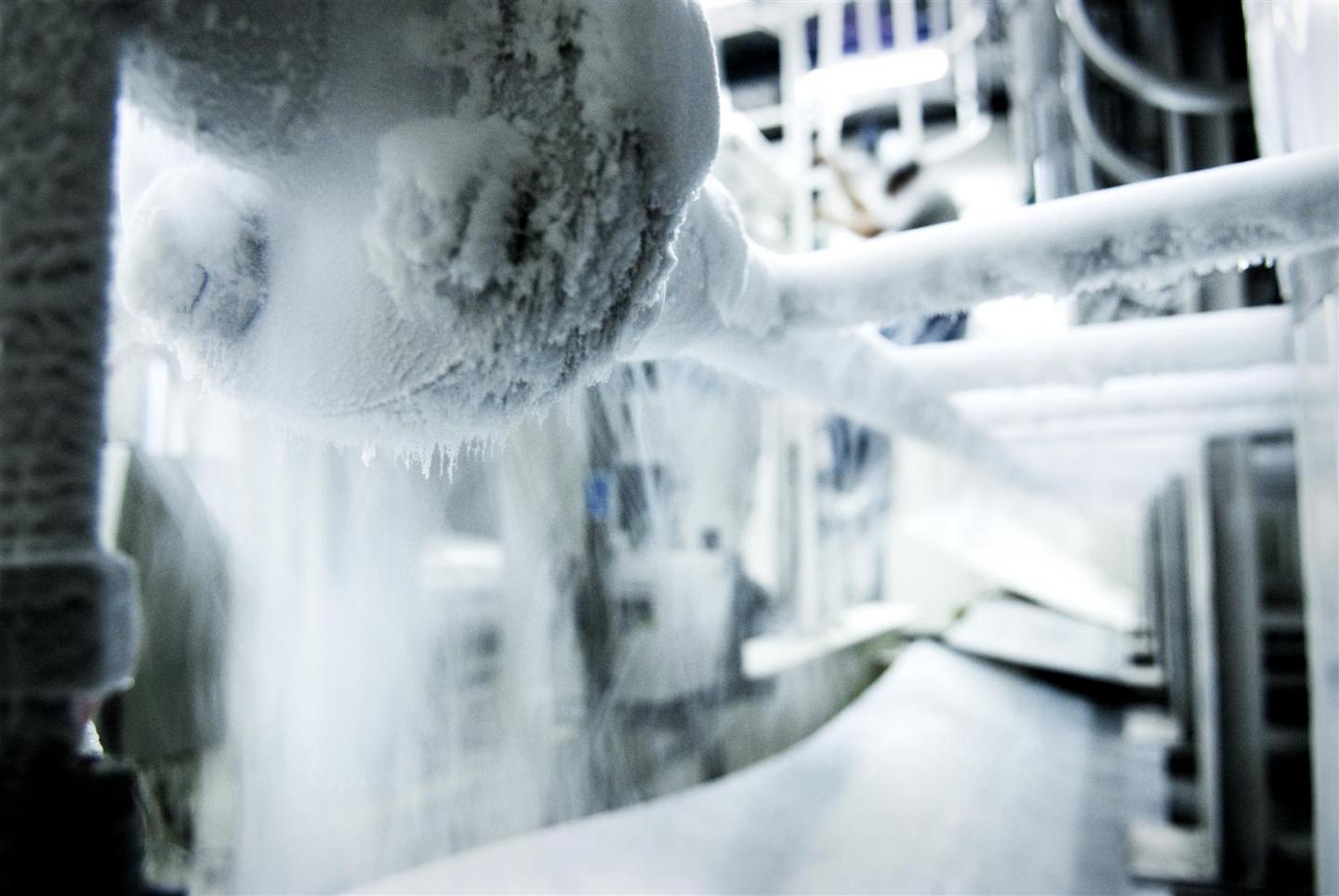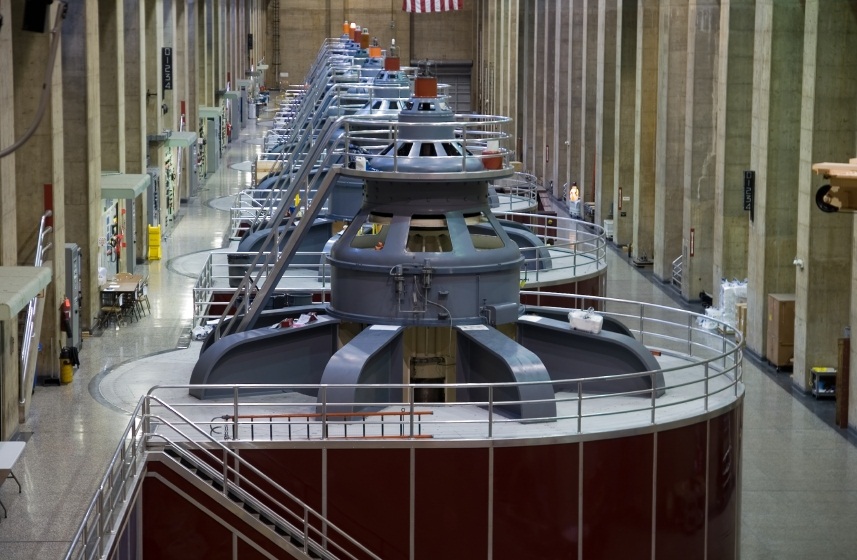Why are my magnets getting weaker?
Magnets lose attraction for a number of reasons. If you rely on magnets for a commercial/industrial application, tracking the loss and replacing your magnets at the right interval is the best way to preserve the value of your investment.
You can prolong the life of your magnets with care and the right coating, but inevitably they will degrade.
Here’s why.
The temperature wears them down
 Temperature changes and extreme temperatures can cause a magnet to lose some or all of its magnetic charge. Losses can be temporary or permanent, depending on the conditions.
Temperature changes and extreme temperatures can cause a magnet to lose some or all of its magnetic charge. Losses can be temporary or permanent, depending on the conditions.
The reversible operating temperature for a magnet is the temperature at which the magnet will recover its attraction. As the magnet approaches this temperature it may lose some strength, but the strength inevitably returns as the conditions return to optimal.
Temperatures above or below this point can result in permanent loss of magnetism (and of your investment).
Time makes fools of us all
Old age comes to magnets much more slowly than to, say, humans. But over a long enough period of time, the strength of a magnet is weakened.
If your business is long established, and you inherited magnets from generations of previous owners, you may have a weaker magnet than your predecessors invested in.
Generally, magnets will not lose enough charge over your lifetime to notice. So while magnets do weaken over time, you probably won’t notice it for this reason.
Poor protection from outside charges
Magnets must be protected from outside magnetic fields, or they might lose magnetic charge.
Alnico magnets are more susceptible to this effect.
 ?External magnetic fields that may lead to demagnetization are usually found naturally in the environment, and magnets are sometimes exposed through improper storage.
?External magnetic fields that may lead to demagnetization are usually found naturally in the environment, and magnets are sometimes exposed through improper storage.
- An environmental factor might be an electromagnet nearby.
- Storage of magnets near each other, particularly with opposing forces too close, can also cause loss of magnetic charge.
Magnets resist shock and vibration.
The exception to this is trauma damaging the structure of the magnet. Cracks, chipping, breaking and erosion all decrease the mass of the magnetized material, and reduction in force.
Proper handling and storage are critical to the long life of your magnets.
Reluctance changes
When the operating slope of a magnet changes, the variance can cause a shift in magnetic charge.
This can be brought on by displacement from a circuit, such as taking out an operating magnet or placing one in a circuit, or by changing the magnet properties while it is in use.
The level of magnetic charge that is reduced by this depends upon how extreme the alterations are and the type and properties of the magnet.
In certain industrial uses, radiation is also a concern in the preservation of magnetic charge. This is something you can account for early in your purchasing process – discuss the potential for radiation with your magnet vendor.
Contact our team to talk about the best way to preserve the magnets in your application today.















